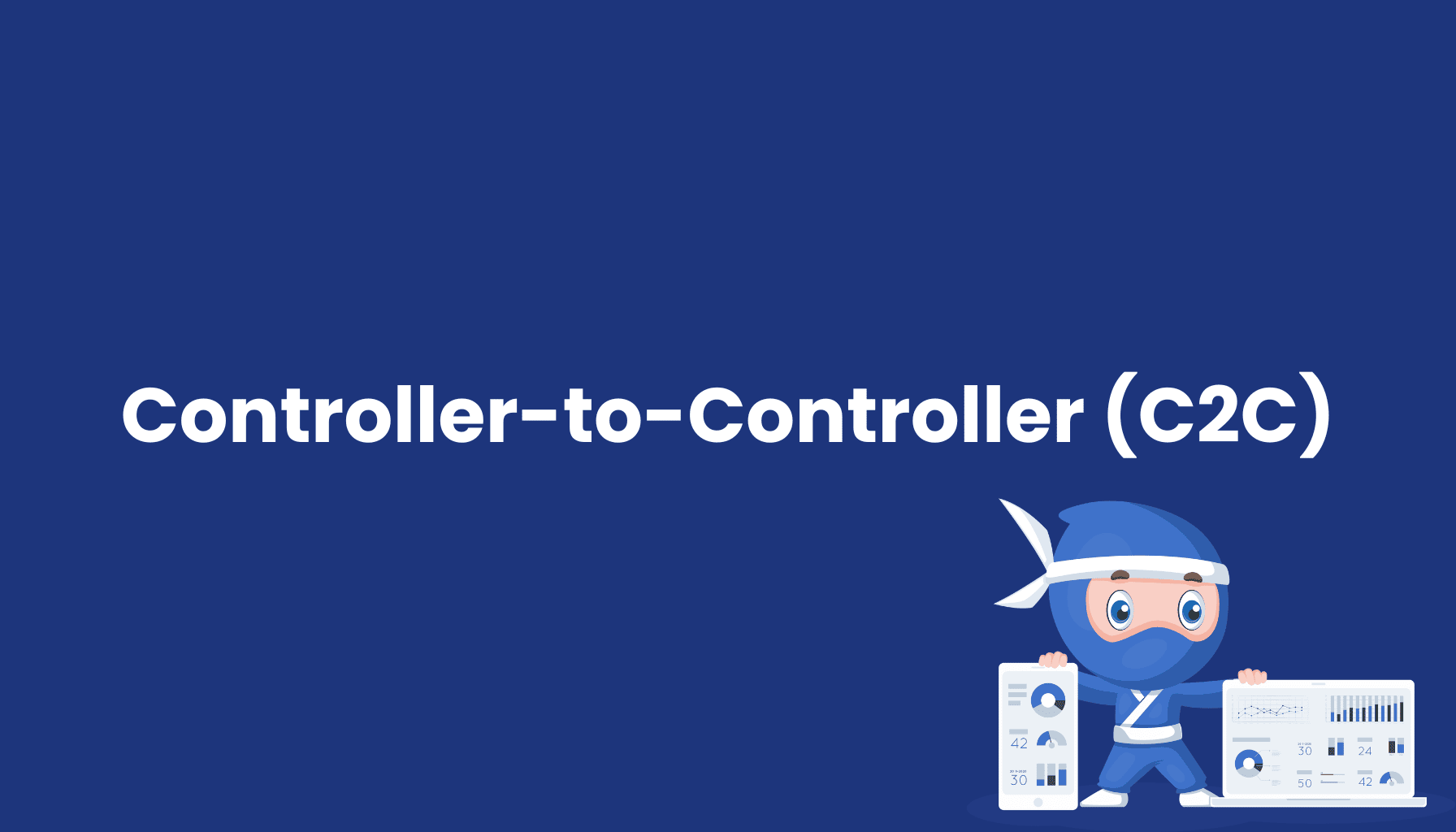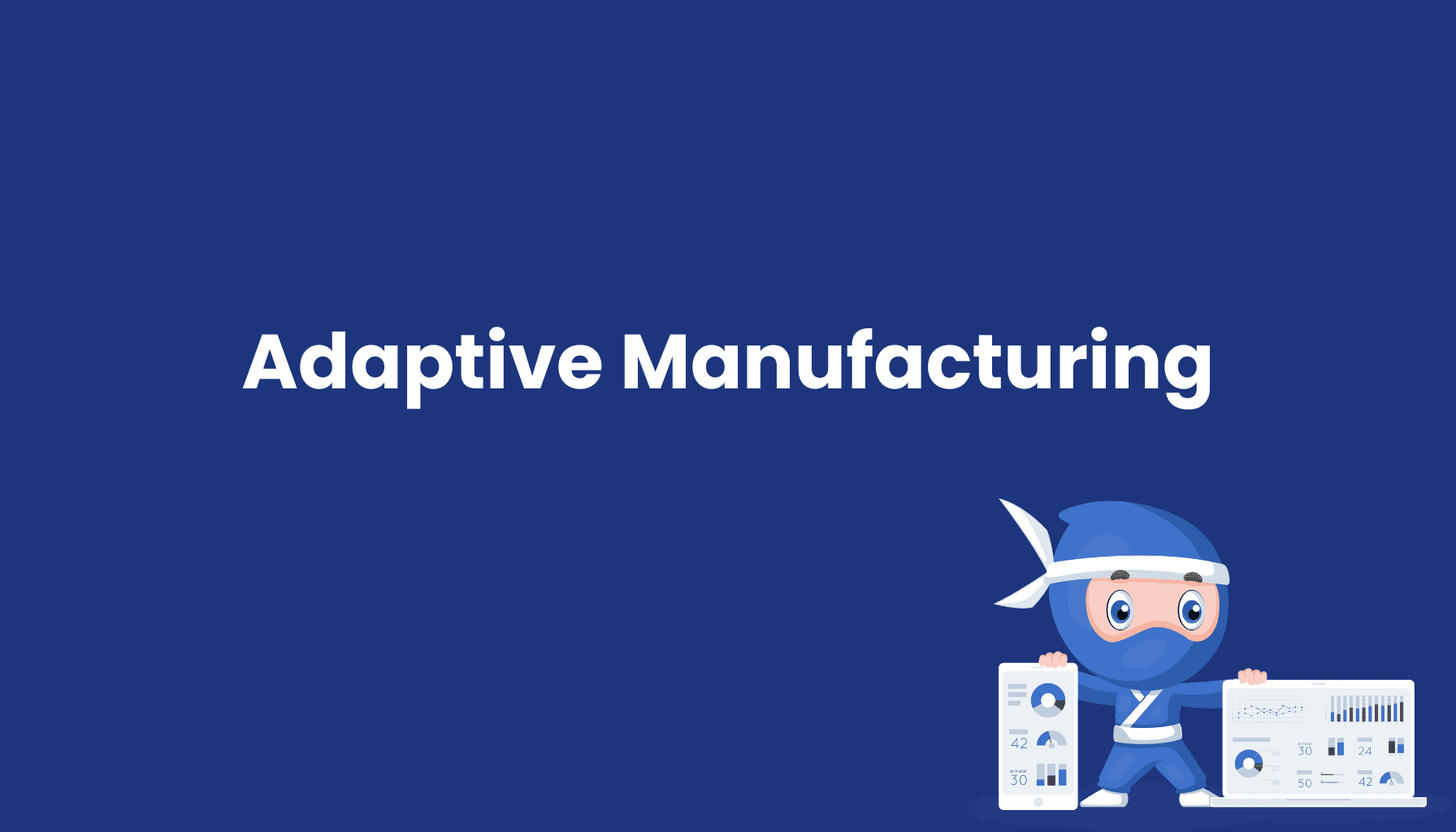Controller-to-Controller (C2C)

What is Controller-to-Controller (C2C) Communication?
Controller-to-Controller (C2C) communication refers to the direct exchange of data and commands between two or more controllers within a network, commonly used in industrial automation systems. This technology enables controllers to communicate autonomously, improving overall system efficiency and responsiveness without the need for centralized control or manual intervention.
Benefits of C2C Communication
- Enhanced Efficiency: By allowing controllers to communicate directly, the need for central control is reduced, resulting in faster and more efficient responses.
- Reduced Complexity: Decentralized communication simplifies system architecture, enabling controllers to coordinate tasks independently.
- Increased Reliability: C2C systems improve operational safety, which is crucial in critical applications such as manufacturing automation.
- Scalability and Flexibility: C2C communication allows for easy system expansion and adaptation to changing production needs, supporting Smart Factory and IoT advancements.
Applications in Manufacturing
C2C communication is widely used in:
- Manufacturing processes, where automated systems must synchronize independently operating machines.
- Logistics, for coordinating real-time interactions between robots and transport systems.
- Process control, especially in industries like chemical and pharmaceutical production.
C2C and Industry 4.0
In Industry 4.0 and IoT, C2C communication enables machines to react autonomously to real-time changes, enhancing flexibility, production optimization, and resource efficiency, making it a vital component of Smart Factory systems.





